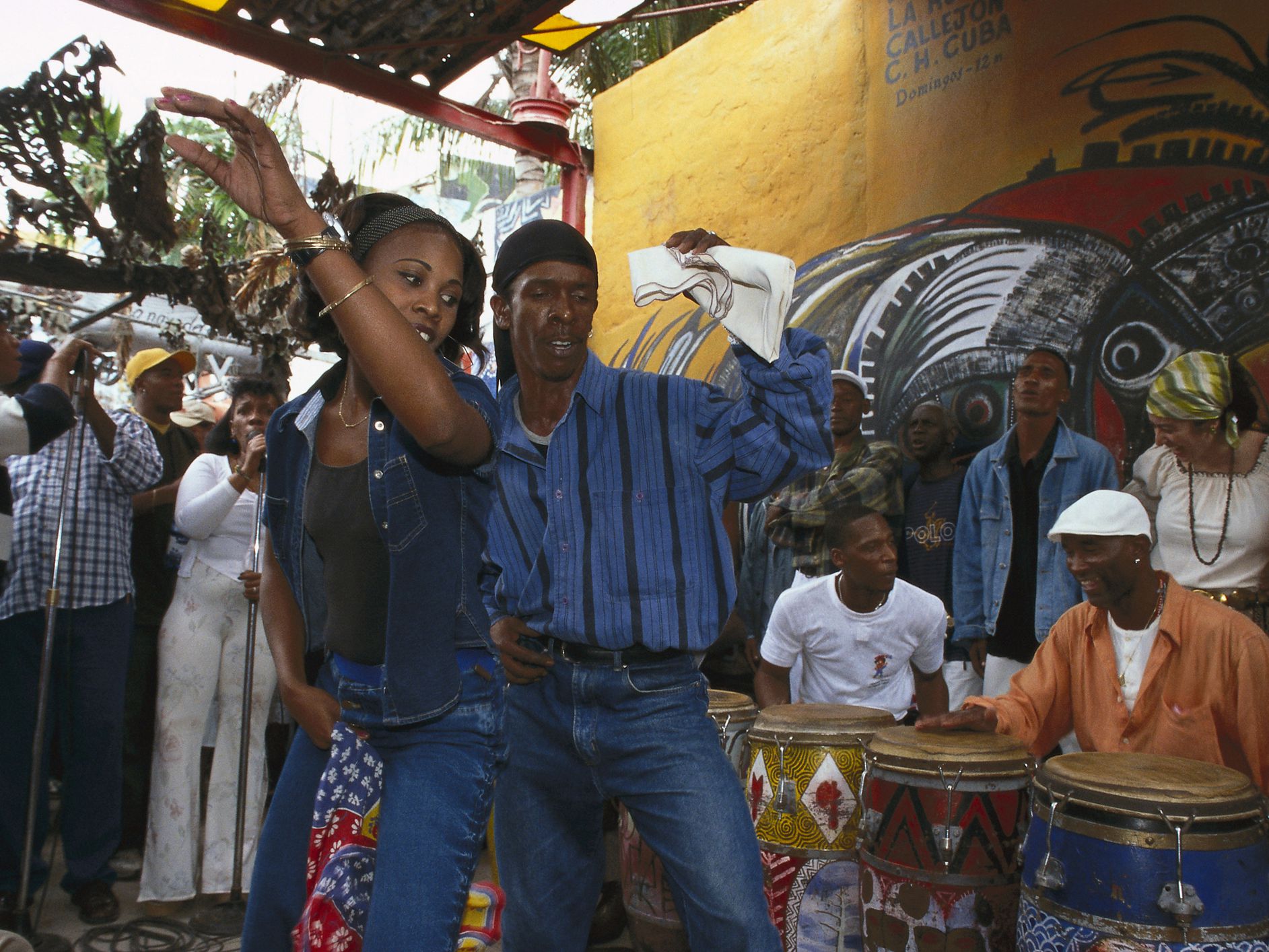
The Fiesta del tambor vindicates the Afro-Cuban heritage and Caribbean sounds of Havana
Last week, the Cuban capital was filled with concerts, master classes and competitions for drummers
Since 2000, the "Guillermo Barreto in Memoriam" Drum Festival has shaken the streets of Havana, Cuba every year. Founded by popular percussionist Giraldo Piloto, this annual gathering — which was only canceled during the two years of the pandemic — highlights Afro-Cuban heritage and promote the beats of percussion so characteristic of the Caribbean.
"The drum is the common thread, which leads us to a master class, a competition, a jazz concert or a show where people can move their waist," said Piloto, director of the event.
The versatility of drums is the basis on which diverse musical rhythms are built, and are the skeleton that supports everything.
At the 19th edition of the event, Cuba's “salió de rumba,” is the go-to for partying. Among the multiple performances in squares of the capital last week was the 70th anniversary of the group Muñequitos de Matanzas and tributes to Conjunto Folclórico Nacional and Salvador González stood out. In the Salón Rosado de La Tropical, the Havana d'Primera Orchestra the venue vibrate for more than 3,500 attendees.
The gathering features concerts, master classes and competitions for drummers. The Afro-Cuban color and rhythm awakened the beat that locals carry in their blood, from youngsters to seniors. No other corner of the world is so influenced by drums.
It is an instrument present in the different styles that make up the Cuban musical tradition: the rumba, the son, the guaracha, the pilón, the mambo, the chachachá, the songo. It is a hallmark.
At the Hotel Nacional, Piloto gave a class to young students from the conservatory, who not only study percussion, but also piano, trumpet and sax. Along with the rhythm of the drums, he gave them an express summary of Cuban music: “without keys and without rumba, there is nothing.” He also included foreign genres such as jazz and blues, and tricks to incorporate them into national rhythms.
RELATED CONTENT
The poet and musician Sigfredo Ariel recalled the origins of the first rumbas, originating from the slave barracks of sugar factories outside urban centers. Then, the drums were frowned upon, since they were a thing for Blacks who made "noisy music."
"Rumba expressions were discriminated upon by those who insisted on whitewashing society as much as possible," Ariel said.
But African rhythms had already penetrated the DNA of the island, and it was a futile effort to try to hide them. Last week, the drum arrived from Africa made the island go crazy, and was conquered by its magic.
One of the most sensual dances is the guaguancó, a popular variant of the rumba. It is a kind of sensual game, in which two dancers stage the conquest of a woman.
"It doesn't matter what instrument you play, the important thing is what you have inside," said the renowned trumpeter during the party.
Those were days of jumps, wiggles and Cuban rum that once again electrified the island.



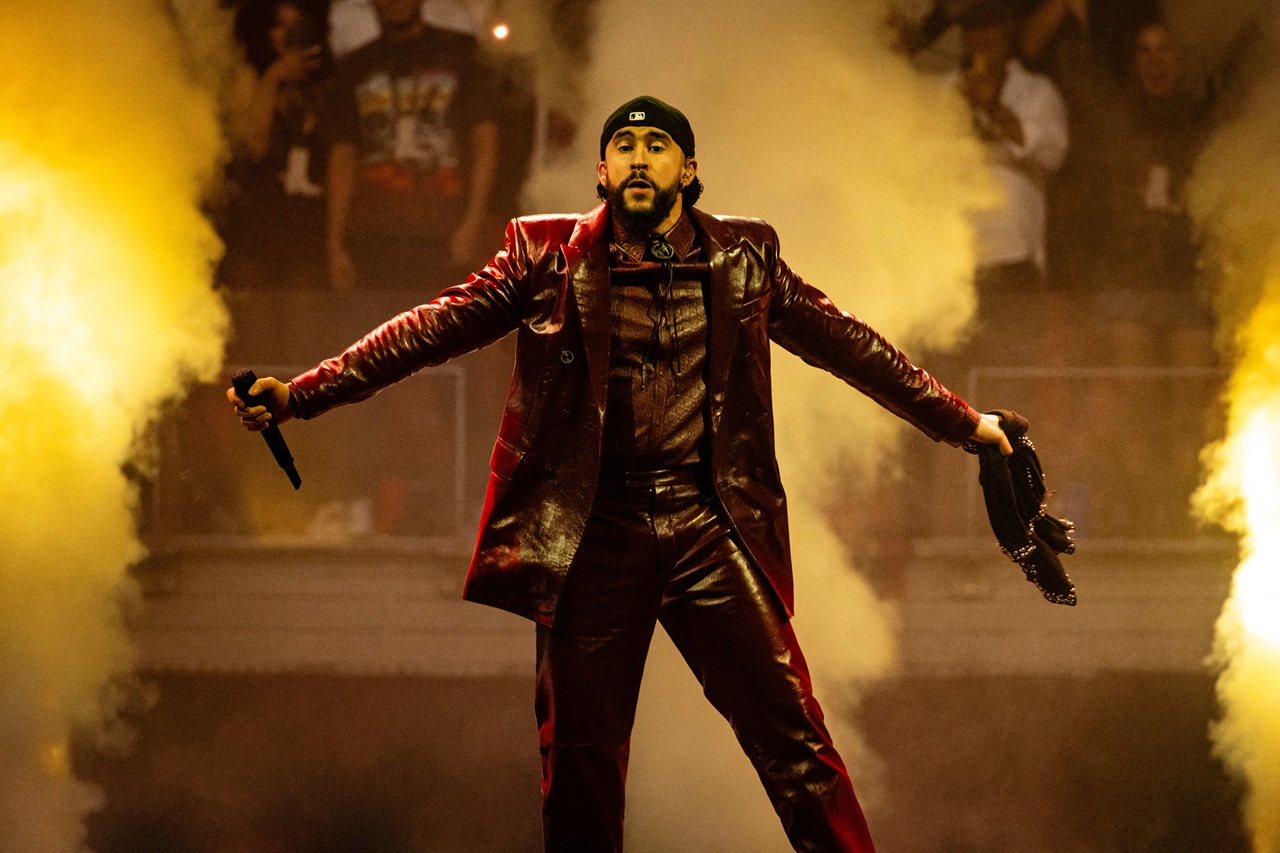

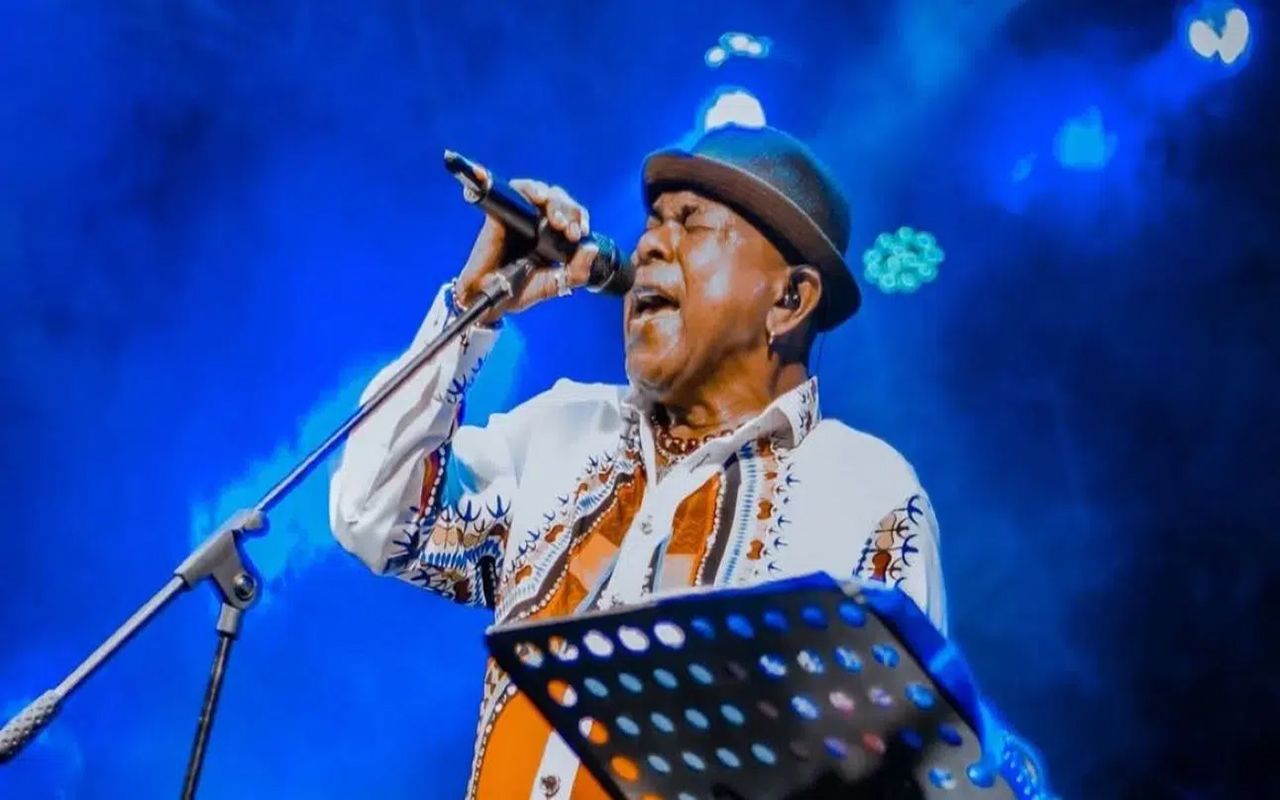
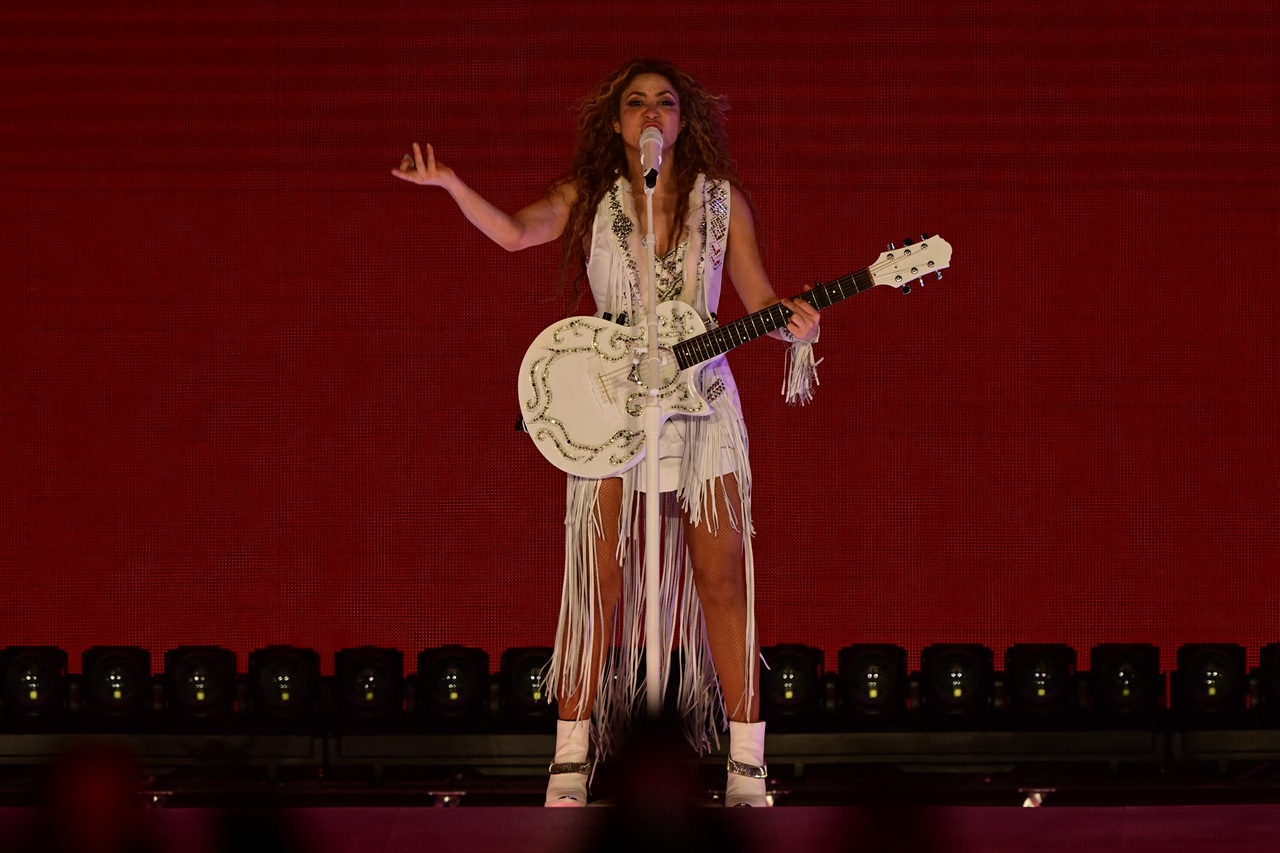
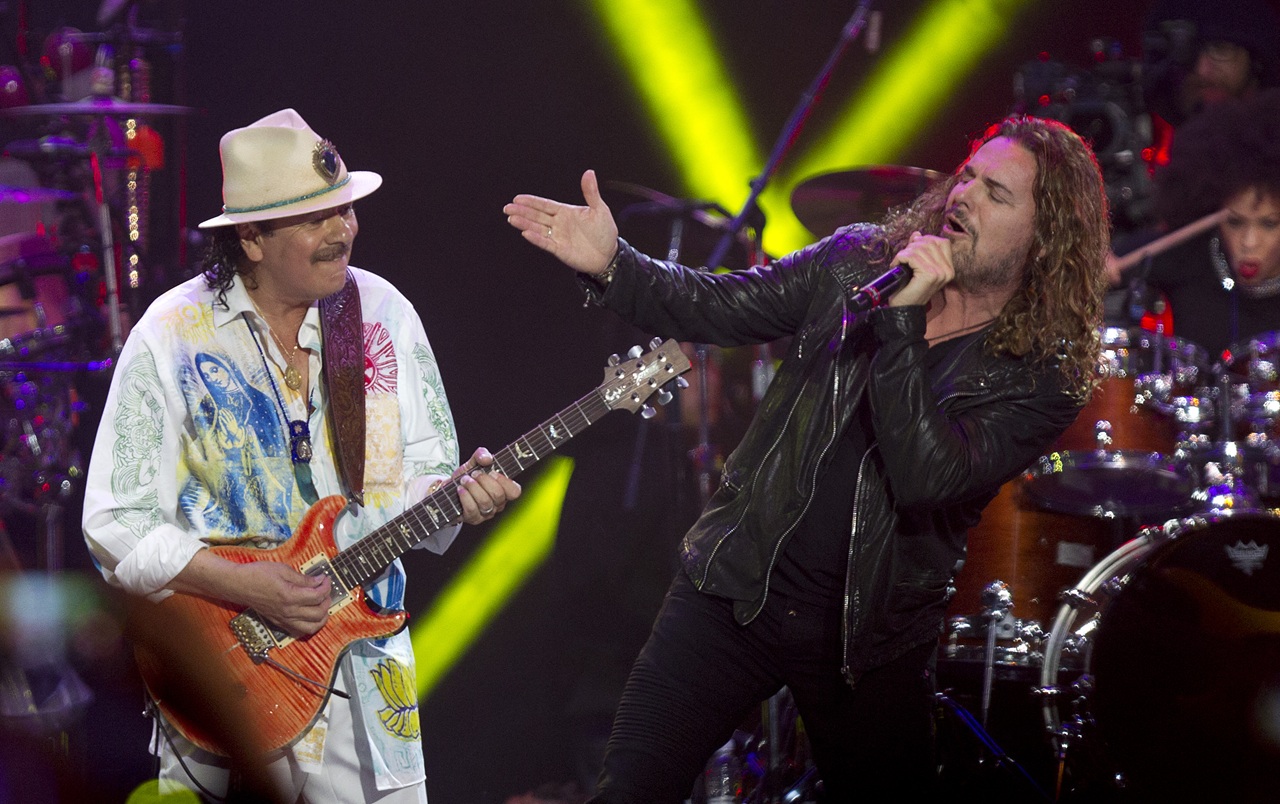

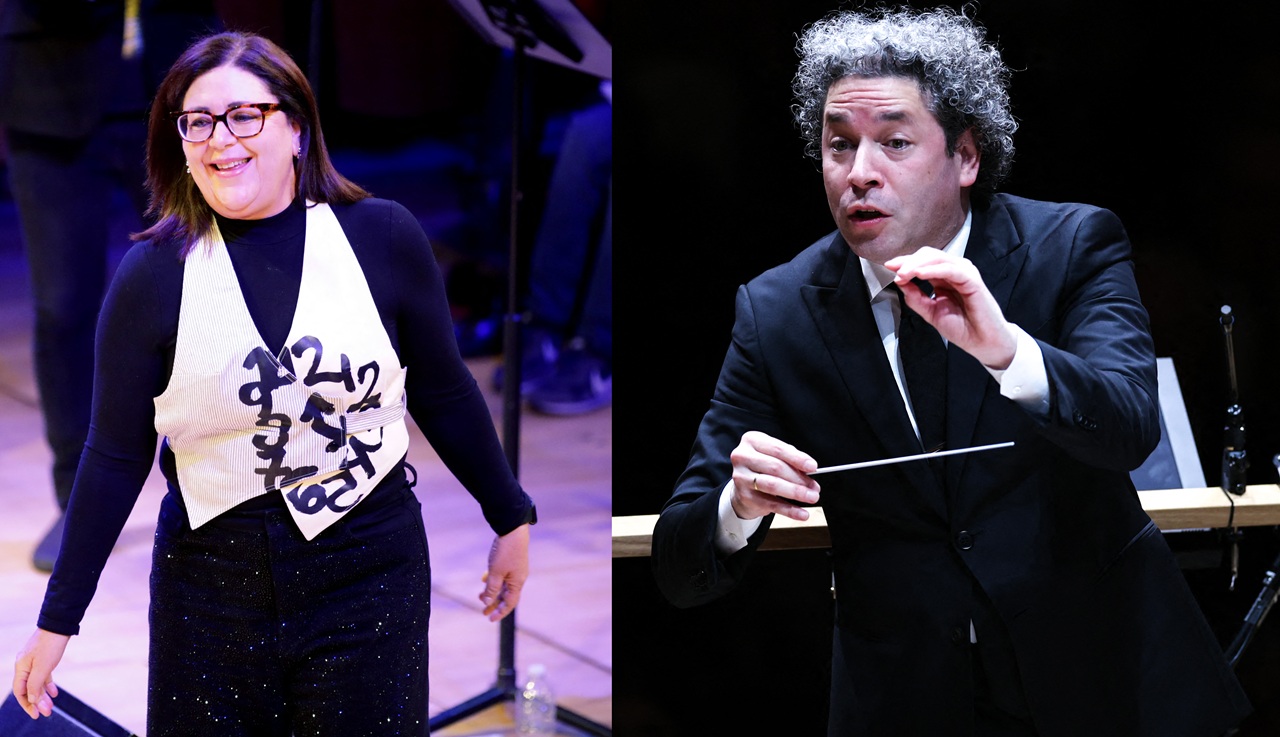

LEAVE A COMMENT: